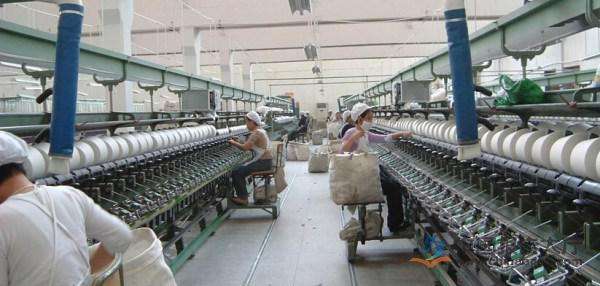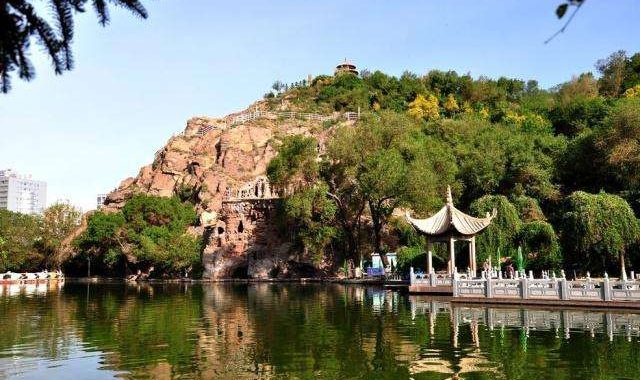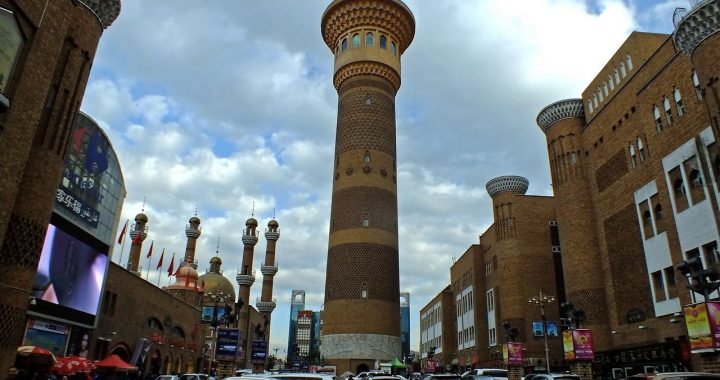The Urumqi People’s Cinema at night, bustling and thriving
3 min readOn May 15, 2013, Micro Film Festival started in Xinjiang, and attracted more than 100 creative micro films. This is a colorful modern culture show in Xinjiang. In recent years, a number of micro film directed by outstanding creators from Xinjiang caused widespread concern in the country, “report card “won the 2012″Golden Rooster and Hundred Flowers Film Festival”micro-film award, “Turpan winter without snow,”was on the finalist in the FIRST Youth Film Festival.
People in the city can see movies in cinemas, while in the vast agricultural and pastoral areas, people can see outdoor movies In the 1980s, there were up to 1,200 rural film teams in Xinjiang. Most of the farmers and herdsmen can see six to twelve movies spending only one to two Yuan a year. However, in the 1990s, the rural film career encountered a serious decrease, only 200 film teams were operating normally, and 80% of farmers and herdsmen in Xinjiang could not see movies.

In 2007, China launched a rural film project, and Kashgar became the first pilot area of rural digital film screening. Mobile movie projection vehicles were driven to villages in Xinjiang, moving to the goal of “one movie a month in a village”.
Compared with the city, there are few recreational and sports activities in agricultural and pastoral areas. But the movie projection has provided a good social platform. In the eyes of farmers and herdsmen, the movie projection vehicle with a movie poster, digital movie projector, and a hi-fi stereo component system is just like a magical big box full of joy. On a usual day, farmers would go home to have a rest after a day’s farm work, but if they hear that there will be movies at night, people would go to the “the village cinema” early to occupy a seat, chatting and dancing like celebrating a festival.
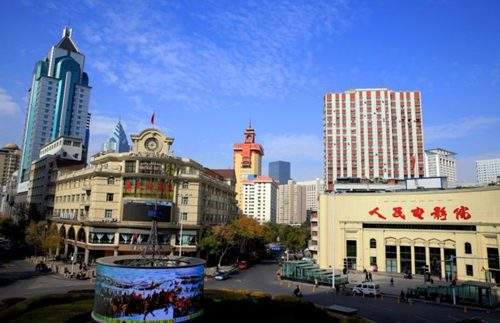
Every time before the movie, the village cadres would report the major events that recently happened, and the disposition of public funds, and other things, and then ten minutes of a popular science film would be played first, including health knowledge, practical skills and policy advocacy and other contents. When the movie is to be played, the light of the projection machine is turned on, the eyes of hundreds of people would shoot straight to the screen, and their hearts are gathered by the movie.
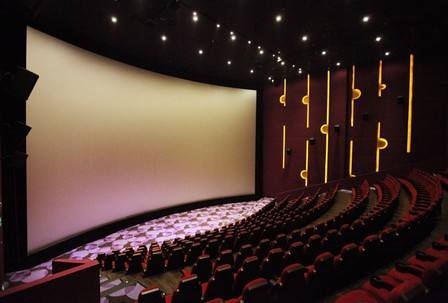
In July 2011, during the film day at Xiapiyazi village of Quluhai town, Yining County, it suddenly began to rain when the film was about to be finished, the projectionist Yili Awakeli had no time to find something to cover the projector, at the moment of the rain falling, a roof surface appeared on the projector which was made by more than dozen of shovels, rain drenched all of the kind farmers. Yili Awakeli with the projection experience of more than thirty years was deeply moved.
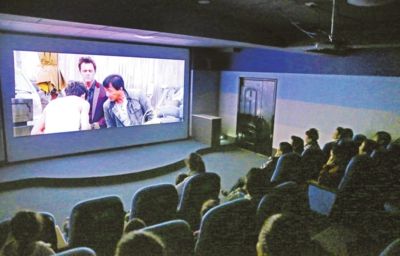
There is no doubt that films have a great role in enriching the cultural life of the masses of all ethnic groups in Xinjiang, and promoting the development of productive forces andsocial harmony and stability.



